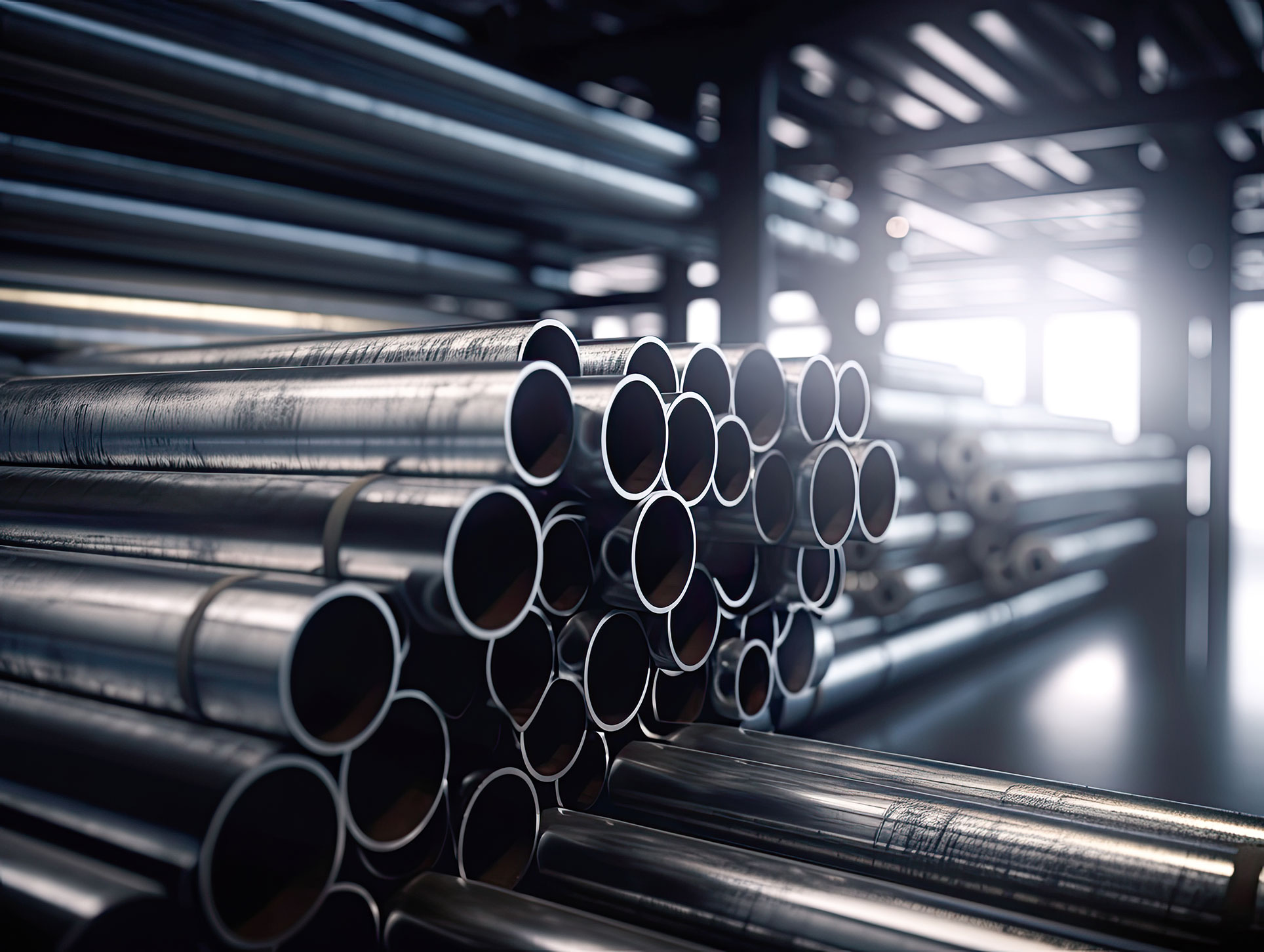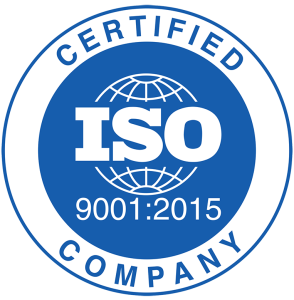We supply clients with specialist tubing to match a selection of applications. The bulk of our range is ERW tube. Because of how it is manufactured, this utensil possesses characteristics not found in regular tubes, including much stronger welds and smaller heat zones. As a result, it is capable of doing jobs other products cannot. Our team can get the tubing to you quickly and for a competitive price.
The galvanisation process
 One process used on the tubes we produce is galvanisation. For more than one hundred years, galvanising has been useful for safeguarding steel against corrosion. The zinc coating offers a protective barrier between the metal and the environment to keep it safe.
One process used on the tubes we produce is galvanisation. For more than one hundred years, galvanising has been useful for safeguarding steel against corrosion. The zinc coating offers a protective barrier between the metal and the environment to keep it safe.
You should know that this is superior to merely giving a tube a coat of paint since it offers sacrificial protection. Steel is more electro-negative if you compare to zinc. So, the steel attracts electrons from it. The electron flow lowers the corrosion rate of steel and increases the rate of the zinc. It effectively sacrifices it.
There are also multiple ways to galvanise steel tubing. The most common ones are electro-galvanising and hot-dip galvanising. Differences do exist between them. To determine which one is right for you, it is necessary to know what they are.
The two methods
Before we get to the differences, let’s talk about the processes themselves a little. With hot-dip galvanising, you dip your base metal into a molten zinc pool.
Firstly, you have to cleanse the items chemically or mechanically. This is to guarantee that you can make a quality bond between the zinc coating and base metal. After cleaning, you have to flux the items to dispose of any remaining residual oxides. Then, you have to dip the base metal into a liquid bath of heated zinc. A metallurgic bond will form to give you the coating.
As for electro-galvanising, it uses an electric current within an electrolyte solution to move zinc ions onto your base metal. This includes electrically lowering positively charged zinc ions to zinc metal. These are then deposited on your positively charged substance. You could add grain refiners too. They will help to create a smooth zinc coating. Contact us if you need any ERW tube.
The differences
Now let’s check the differences between the two. They actually show up in several areas. First, there is the zinc layer. The thickness you can achieve with hot-dip galvanisation is more than 50 microns. The maximum is 100. As for electro-galvanising, zinc layers can typically achieve 3 to 5 microns. For special requirements, the number goes up to 7 or 8.
There are different appearances too. Hot-dip galvanisation produces an unpleasant, dull finish. As for electro-galvanising, it can create an excellent finish.
In terms of lifespan, hot-dip galvanised tubes tend to have extremely high average lives of 20 to 50 years. It is the opposite for electro-galvanised tubes though. They only last between several months and a few years. This is largely due to the difference in the thickness of the coating.
Lastly, there are cost differences. The cost goes up proportionately with higher coating thicknesses. Thus, a hot-dip galvanised tube with a regular coat thickness is going to be roughly 40% more costly than electro-galvanised tubes.
We’re an excellent company to work with when you need ERW tube
At Union Steel Tubes, we always give our customers confidence when they work with us. This is because they know we take our time to craft the highest quality tubing products. In fact, ours has become one of the most reliable names in the industry.
So, if you would like to shop for ERW tube with us, please get in touch. We can cater for most needs, including long spans and shorter lengths.


